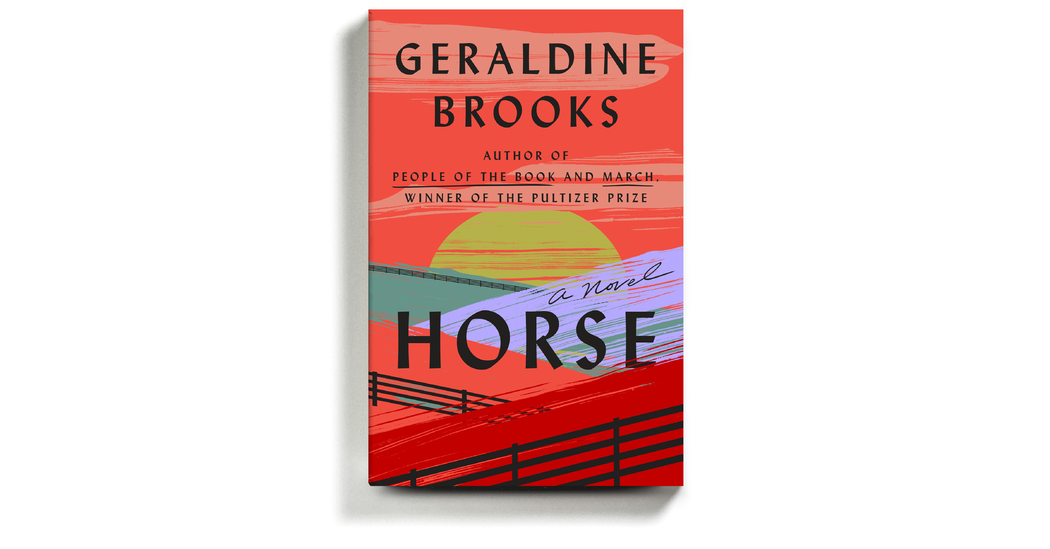
The book opens with Theo, a Ph.D. candidate in art history at Georgetown who pulls a painting of Lexington out of a hostile neighbor’s trash in 2019. In short order, the action zooms back to 1850 and Jarret, a skilled groom whose enslaved father had bought his own freedom but couldn’t afford his son’s.
The character of Jarret was inspired by a fleeting reference in an old issue of Harper’s Magazine, informed by Brooks’s research on enslaved horse trainers, who had — tenuously — more authority and status on the turf than their counterparts in the fields. His progress through the novel is propelled by disquieting transfers of ownership: he comes of age as “Warfield’s Jarret”; is both empowered and imperiled as “Ten Broeck’s Jarret”; and so on, through emancipation. Tenderly devoted to the prize horse first known as Darley, he also tangles warily with Cassius Marcellus Clay, the hotheaded, philandering abolitionist and one of Clay’s daughters, Mary Barr. Mary always seems to be creeping up on Jarret in an organza frock: well-meaning, with an interest that comes to verge on the romantic, but putting him at risk by her very presence.
Part of Brooks’s project, developed in the wake of George Floyd’s murder, is to show that Theo, despite 21st-century autonomy and a privileged background — he’s the son of diplomats, attended Yale and Oxford and has what a friend calls a “Lord Fauntleroy accent” — can never really relax because of his skin color. (To which some readers may respond: “Duh?”) His former polo teammates called him Caca, Sooty and worse. His neighbor flinches when he tries to help her with a shopping cart — “just a White woman, White-womaning,” he thinks, tamping down his anger. And he first meets his new love interest, Jess, when she thinks he’s stealing her expensive bike. Noticing (speaking of treacle) that Theo’s eyes are “the color and luster of maple syrup,” Jess then castigates herself for “what had been no microaggression but blatant racism.”
Their affair, which starts fumblingly and then takes a hard, melodramatic turn, feels like something of a skeleton mount, merely a place where their professional lives can intersect. Here, Brooks has done considerable homework, and deserves, by my lights, a top grade. Jess manages an osteology prep lab without squeam, cleaning animal carcasses with dermestid beetles; and recovers Lexington from the natural history museum’s attic. Theo is inspired to pursue a new dissertation topic after salvaging the equestrian painting, by a minor equestrian artist named Thomas J. Scott (who also intermittently seizes the narrative and embarks, in Brooks’s imagining, on an interracial gay affair in New Orleans).




